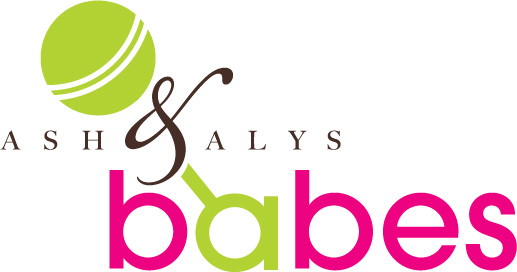Cloth Diapering Basics February 8, 2013 15:29
When I became pregnant the first time around, I was already a little bit crunchy. I shopped organic, ate vegetarian, planned to make my own baby food and strongly believed in breastfeeding. I had a long way to go in learning about natural childbirth, babywearing, eco-fashion, co-sleeping and attachment parenting.
My pregnancy was a journey physically, emotionally and in becoming a true believer in green living. Through this journey, however, I continued to resist embracing cloth diapering. I could not get over the idea of washing dirty diapers in my own home, and handling the whole poop-on-fabric thing. Surprisingly, it was my husband – who had been cloth diapered as a baby – who pressed the issue until I gave in.
I’m so glad he was stubborn on that one issue. Using cloth diapers has been so easy, saved us tons of money and is one simple way for our family to reduce our footprint (and reduce our children’s exposure to chemicals). For those of you out there who fear cloth diapers, here are a few basics to 1) ease your hesitation and 2) get you started.
· Washing your cloth diapers is easy: Plan to run a cycle every 1-3 days depending on how many diapers you have in your stock; a cold rinse, hot wash and final cold rinse cycle is all it takes!
· Poop-on-fabric is not as bad as it sounds: There are lots of ways to make removing solid waste from diapers easy (see below) – plus for the first six months before your baby eats solid foods, the poop isn’t really solid anyway and diapers can go straight in the wash.
· Save money!: Cloth diapers are an up front investment, but over time you will save money by not buying disposables. The money you save on disposable diapers (which are expensive!) outweighs what you spend on increased use of water and detergents.
· Cloth diapers can reduce rashes and skin sensitivities: Conventional disposables contain harsh chemicals and chlorines that can harm your baby’s delicate skin and cause irritations.
· Cloth diapers often lead to earlier potty-training: Because they feel wet when they are wet in cloth diapers, cloth diapered toddlers tend to be more eager to use the potty.
· Modern all-in-one, one-size, pre-fitted diapers have replaced the traditional pre-fold with covers: Check out the FuzziBunz on our site – they are so easy to use, and the one-size variety make it so you only have to buy one set for all your diapering years.
· You can always use a service: Just Google ‘cloth diaper service’ with your city name and you’ll find resources for services that pick up your dirty diapers and replace them with a clean set every week.
· They are so cute!: I love all the cute prints and bold colors of cloth diapers. You can find pretty much anything to suit your babe’s style.
There are lots of resources out there from other moms who cloth diaper. We love The Eco Friendly Family. Here’s my list of items you need to get started:
· A set of pre-folds (12-24 should be enough depending on how often you plan to wash) with covers (3-5 covers is enough – I prefer the cotton covers for the best comfort and breathability) for your newbie (pre-fitted diapers tend to be too bulky for little newborns)
· A set of fitted, all-in-one diapers (12-24 again depending on how often you plan to do laundry) – such as FuzziBunz
· A basic diaper pail
· Cloth-diaper friendly bottom balm, like the one from Earth Mama Angel Baby
· Unscented, basic laundry detergent (eco-friendly detergents like the ones from Seventh Generation do not usually work well for cloth diapers); I make my own by adding 1 cup of borax, 1 cup of oxo-brite and 1 cup of baking soda to a gallon of water, I also know lots of moms who like Charlie’s Soap
· Bulk size bottle of vinegar (adding vinegar to the first rinse cycle removes ammonia from the urine on the diapers)
· Dryer balls to reduce dryer time (line drying works great too and line drying in the sun removes stains!)
· If you don’t want to spend time dunking poopy diapers in the toilet to rinse of solid waste, you can purchase a sprayer that attaches to your toilet for easy rinsing; alternately you can line diapers with a biodegradable, flushable liner that makes removing solids a snap
· A wet-dry bag for on the go (I love the one I have from PlanetWise that a friend gave me)
·
Cloth wipes if you plan to use reusable baby
wipes as well
Now you are set! Happy diapering!

-Ashley
